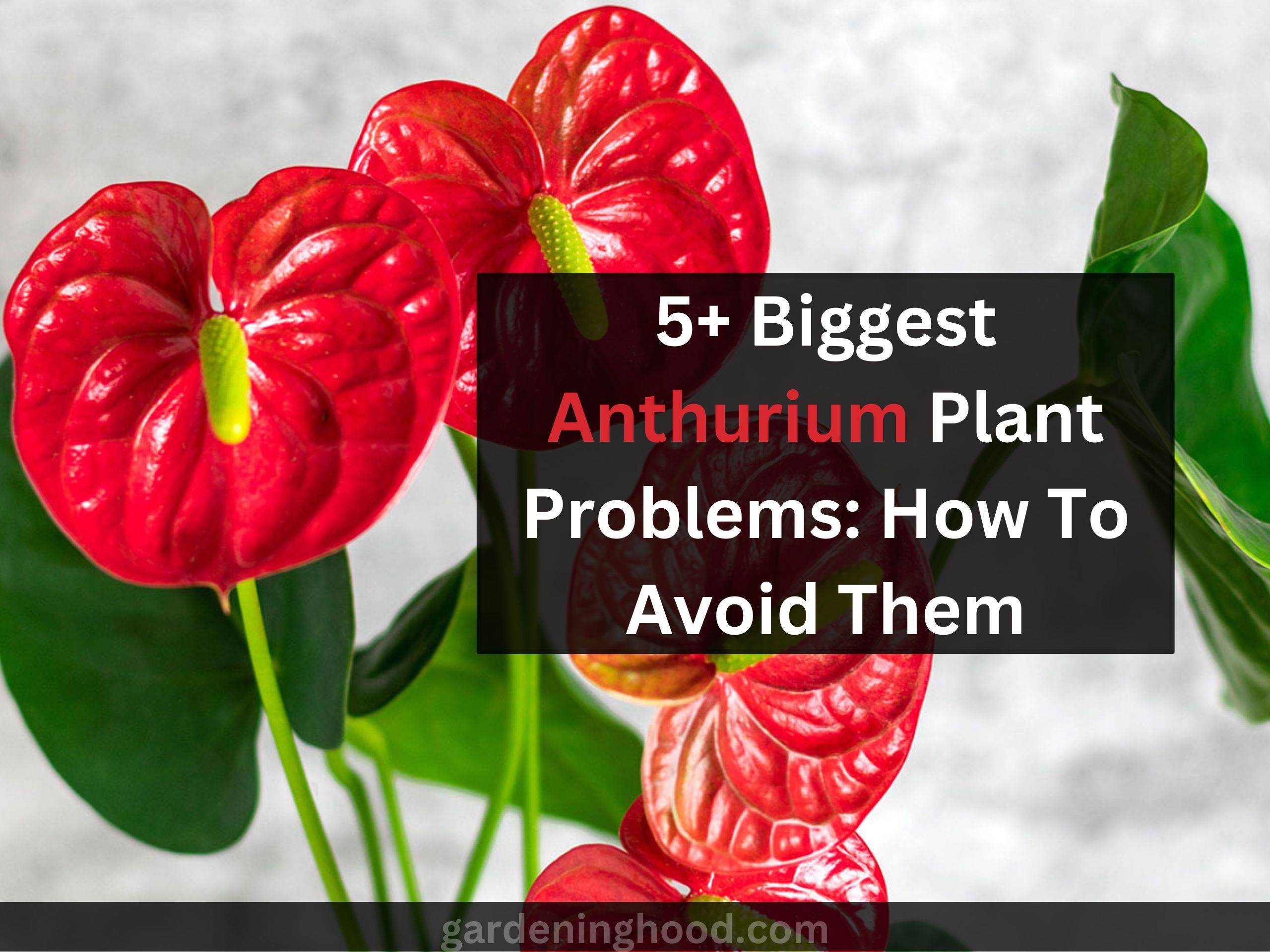How to Grow & Care for Rhaphidophora Decursiva ‘Dragon’s Tail’ (2024)
Hey folks!!
I hope you all are doing appreciable work in your gardening field. Have you ever heard cherishing words for your garden from your neighbor? It feels awesome right? Let’s continue that by growing one of the fantastic plants in your home garden named Rhaphidophora Decursiva ‘Dragon’s Tail’. It is considered a great houseplant that fills your area with magic and happiness.
So, why not move into the world of magic by growing Rhaphidophora Decursiva ‘Dragon’s Tail’ in your home garden? Let’s throw some light on its growing process and some caring tips for its nurture.
| Quick information | |
| Common names | Dragon tail plant, creeping philodendron, Monstera Decursiva |
| Type of plant | Perennial and vine |
| Soil used | Well-drained and loamy |
| Water requirements | Water if the top 2 inches of soil are dry |
| Blooming period | During summer and springtime |
| Native Area | Asia |
| Hardiness Zone | USDA 9-11 |
About Rhaphidophora Decursiva ‘Dragon’s Tail’
Rhaphidophora Decursiva is one of the favorite choices of gardeners. And why not add such a fantastic plant to your collection? People often called this plant Decursiva.
It has contributed a lot to the tropical persona. You can grow them indoors and outdoors as well. Their scenic view will attract visitors.

Growing Rhaphidophora Decursiva ‘Dragon’s Tail’
Growing Rhaphidophora Decursiva ‘Dragon’s Tail’ in your home garden is as easy as eating a meal with the help of this guide. There are various ways to grow this plant and one of them is via stem cuttings which we will follow so that you get a healthy plant with some leaves. Let’s start:
Step 1- First, you have to choose a clean pot for your plant by washing it.
Step 2- Then, some potting mix to it and let the soil damp.
Step 3- Make some holes in the soil so that you put the cuttings there.
Step 4- A cutting of 3 inches long will be sufficient, cut it below the leaf node and remove all the extra leaves from it.
Step 5– Now, as you have put the cuttings inside, you have to cover the pit with the plastic sheet so that moisture remains there but leave some place for the air to come.
Step 6- Keep the pot likewise for about 2 weeks for the roots to come.
Step 7– Keep misting the leaves but make sure the soil is smooth.
Step 8– After 2 weeks, remove the plastic sheet and you will observe its roots.
Step 9- So, you can put them in another good container with more drainage holes and space and enjoy its benefits.
“You can cut all the flowers but you cannot keep spring from coming”
— By Pablo Neruda
Caring for Rhaphidophora Decursiva ‘Dragon’s Tail’
Hey folks, are you worrying if your plant will grow healthier or not? We are here for you guys. Caring for Rhaphidophora Decursiva ‘Dragon’s Tail’ is as easy as walking in the garden. So, make sure to nourish your plants with all your care and efforts. So, let’s know about some of the caring tips for Rhaphidophora Decursiva as follows:
- Sunlight
- Water
- Humidity and temperature
- Soil
- Fertilizer
- Potting and Repotting
- Pruning
Let’s throw some light on all the caring tips in detail:

Sunlight needs
- Rhaphidophora Decursiva likes to be in a location where it can receive bright indirect sunlight.
- If you have planted them indoors, then you have to keep them outside for some time so that they get some sunlight for their growth, otherwise, they will develop the burn leaves in the plant.
- Making use of sheer curtains in a south-exposed room so that it prevents direct light to come in.
- Over-exposure to sunlight will cause leggy growth in the plant.
Pruning needs
- Rhaphidophora Decursiva does not ask for much pruning like other plants. You can trim it off when you observe its vigorous growth.
- During the early springtime trim them off with the sterilized scissors.
- It will help in preventing infections or diseases in the plant and shape its plant.
Water needs
- The watering plant is important but on a consistent note. They prefer the method of soaking and drying.
- Rhaphidophora Decursive can not survive in excess water so you have to drain all the extra water from the container.
- At the time when plant springtime grows, then it does need much water.
- Watering them one to two times a week would be appropriate.
Humidity and temperature needs
- If you are comfortable in your household environment then surely your plants too are, as Rhaphidophora Decursiva can bear the average temperature of a room to grow.
- Also, for good results, you have to keep the level of humidity more than 60%.
- Mist the plants one to two times a month for good condition of the plants.
- They will thrive best if you provide them with a location where the temperature is between 65-80 degrees Fahrenheit.
- Less than 60 degrees Fahrenheit will not be good for these plants.
- During the summers when there is a cool environment, you can put the plant outdoors for good weather.
Soil needs
- A good mixture of soil that is full of organic soil and well-drained soil.
- When the soil soaks the water faster, then water it as the soil in this plant sometimes dries quickly.
- Making use of perlite and peat moss would be great.
- Last but not least, a mixture of rich and light soil would be great for Rhaphidophora Decursiva plants.
Fertilizer needs
- Fertilization is needed by every plant to thrive faster than its original potential and use well-drained soil.
- Ensure to use regular fertilizers to feed your plant especially the time of spring.
- Fertilize your plants one time a month to see their vigorous growth.
- For best results, you can also use any mixture fertilizer.
Potting and repotting
- It is a fast-growing plant so it has to be repotted after every year.
- By keeping a check on the roots of the plant, you have to see if its roots are coming out of the holes, then it is time to Repot the plant.
- For Repotting, you have to choose a container that is 2-3 inches bigger than the last one for your Rhaphidophora Decursiva.
- Ensure to move the plant carefully without hurting its roots.
Common problems with Rhaphidophora Decursiva ‘Dragon’s Tail’
Various problems come along with the growing of a plant. Do you knwo about them? If yes then it’s great but if not, then I will let you know in the further lines. Curing your plant is as important as growing a plant. So, let’s throw some light on such problems:

Pests
One of the issues of Rhaphidophora Decursiva is pest infestation. Pests roam around the plants to suck their fluid and satisfy their hunger.
So, you have to wipe off the plant with the neem oil solution or another home remedy to clean the plant and prevent pest infestation.
Yellow leaves
One of those problems is the yellowing of the leaves. Sometimes the problem is not that much big so need not worry.
As in the beginning, it can happen to your plant as you might be giving less water to the plants or might be giving less sunlight to the Rhaphidophora Decursiva ‘Dragon’s Tail’. So, you have to feed the plants with a good amount of nutrients so that the plant grows well.
Diseases
Though you are taking care of your plants and feeding them with their requirements, sometimes they come in contact with some the diseases like root rot, Botrytis, ringspot, etc. They develop yellow-colored leaves, brown spots on the leaves, etc.
This can be prevented with the help of avoiding overwatering, by pruning off the leaves, and removing the dead leaves from the plant.
Falling off leaves
Last but not leaves, another problem of the baby rubber plant is the drooping of the leaves. Is it fair to let the beautiful and bloomy leaves fall?
Not, so you need to prevent it by not feeding Rhaphidophora Decursiva with more water, fertilizer, sunlight, etc.
Slow growth of the plant
Last but not least, another problem with this plant is the less growth of the plant. You will come to know about it at the time of summer and late spring.
Wrapping up the context
In this guide, you come to know about one of the best plants to grow in your home garden. Folks, I am happy that you read the full guide and finally know the process to grow your Rhaphidophora Decursiva in your home garden. Still, if there remain any queries or doubts, then you can let me know about it or you can read out the guide again to understand the process. I hope you are doing great in your gardening field. So, see you in the next guide till then safe gardening.
Thanks for reading! Happy gardening!


